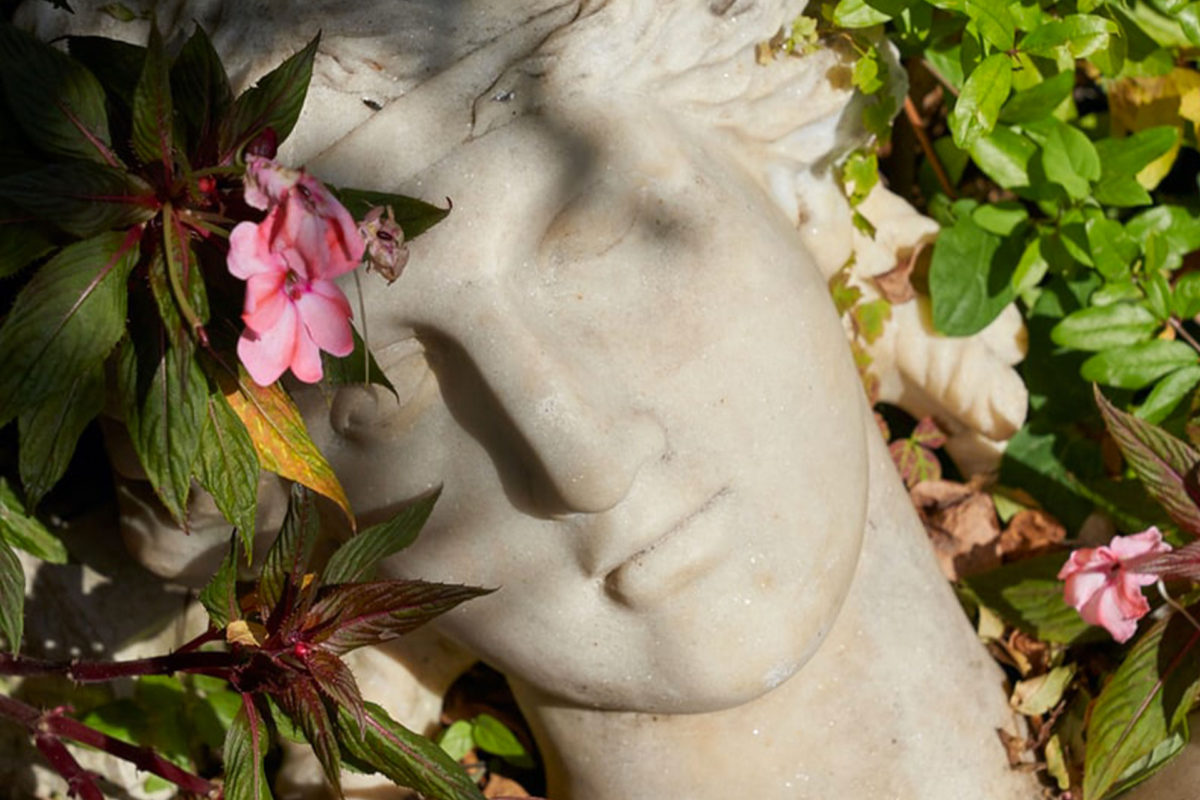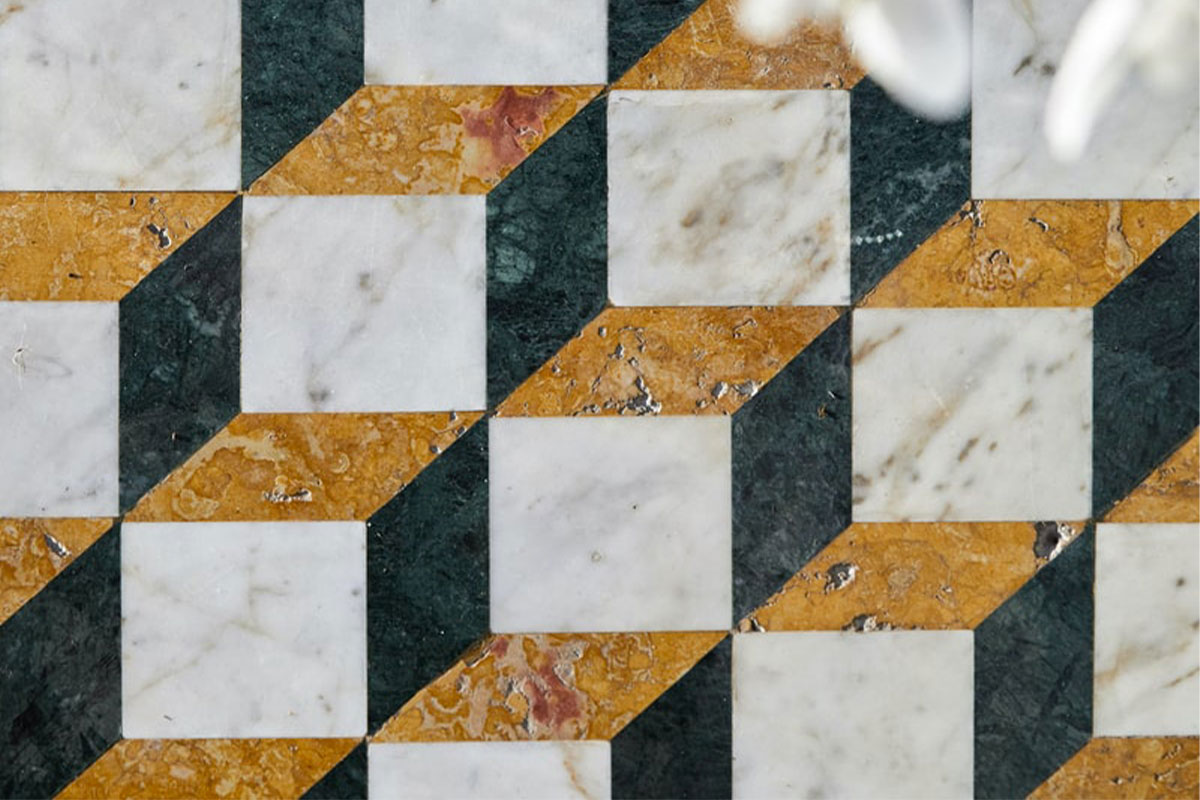A hotel open since 1997, located between Positano and Vietri. At the entrance a flower cart, on the piano the pink hyacinths, with Creed perfumes in the boutique
Palazzo Avino in Ravello, Italy
From Ravello, natural terraces like green steps lead you to the pink walls of Palazzo Avino. In the twelfth century, the property housed the hillside mansion of an esteemed Italian noble family. After a refurbishing that maintained its medieval and baroque features, Palazzo Avino was then turned into a hotel with the name of Palazzo Sasso in 1997. It now bears the name to the family who built it and brought it to fame.
It is Easter Sunday here in Ravello, and mass has been sung. Father Angelo shakes hands and exchanges the sign of peace with all those in church, walking up and down the aisle three times. He speaks about light winning over darkness. The clouds move away, the vault lights up on the triangular rays of petals and beams painted on traditional Ravello ceramics. This is the kind of Sunday that inspires films as well as poetry meant to fulfill an international yearning. It’s all here, in fact, in a town set on a hill four hundred meters above sea level, embracing the cliffs along the Amalfi Coast.
Lampoon review: Palazzo Avino’s interiors and accommodation
The casatiello, the traditional Easter bread, has just come out of the oven – a whole egg in its shell enclosed in a cage of baked dough – it awaits guests at Palazzo Avino. Tomatoes and basil leaves, sugar almonds filled with babà, the small gift of a chocolate on the sofa. A slice of pastiera – cinnamon, orange blossom and candied fruit – is brought to my room, served on a ceramic plate.
The three large windows are wide open, their curtains flowing in the draught. Storm clouds still dot the horizon and the sea is rough – brackish air blows in the distance. A flower cart awaits guests at the entrance. Then, a pot of pink hyacinths draw the eyes to the piano, and Creed perfumes infuse the boutique with their scent. The mosaics on the floors are geometric chess boards. Bright emerald green ceramics pave the swimming pool in front of the Turkish bath. Moreover, pruned roses spot the silvery hues of the maritime pines and olive trees that surround the hotel.
The balconies of Palazzo Avino overlook the Gulf of Salerno. Once the cradle of a maritime republic contaminated by the exotic influence of the distant lands it traded with, from Byzantium to Africa. The vibrant traditional singing bears the echo of the ancient Muslim muezzin calling the faithful to prayer. The intersecting arches and bright tessellation of the Cathedral’s bell tower recall both a minaret and a Byzantine mosaic. Also, the rooftop solarium encloses an Arabian touch in its ceramic tiles and terracotta pots.
Cristina Celestino’s capsule collection
Further, each room and suite tells the story of the territory and its past through different elements. These include Vietri ceramics, ancient white lime painting techniques, Moorish arched windows, Italian and French antique furniture. In September 2020, interior designer Cristina Celestino enriched Palazzo Avino with a capsule collection of seven new rooms, including the Belvedere suite.
Transparent glass windows with a Middle Eastern touch open onto powder pink and pastel blue shades reminiscent of sea shells. The theme of the refurbishment designed by Celestino is the mythological heritage of the Tyrrhenian Sea. Marine hues, accents of sophistication and softness, and juxtapositions of textures, Celestino has created seven wunderkammers with touches of tradition as well as of exoticism.
Palazzo Avino
Via S. Giovanni del Toro 28, Ravello, Italy
Palazzo Avino is in the Amalfi Coast, south of Naples, with views over the Mediterranean sea. Ravello itself being a little town, laid out on a steep hillside. Originally a twelfth century villa built for an esteemed Italian noble family, the property has been refurbished while retaining its medieval and baroque features.




















